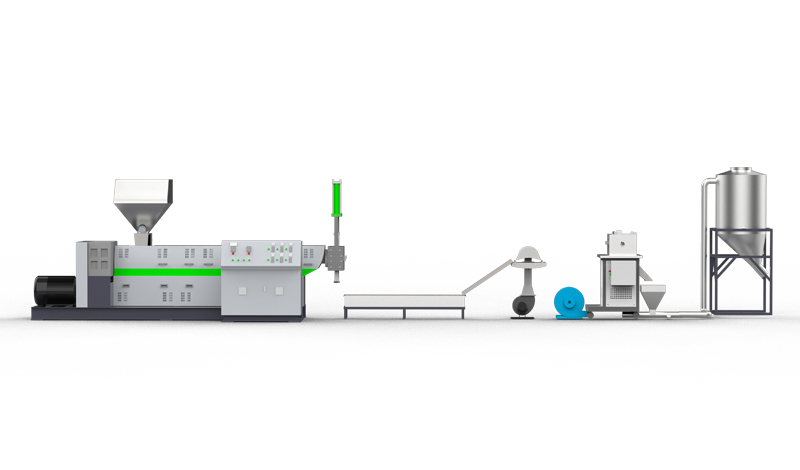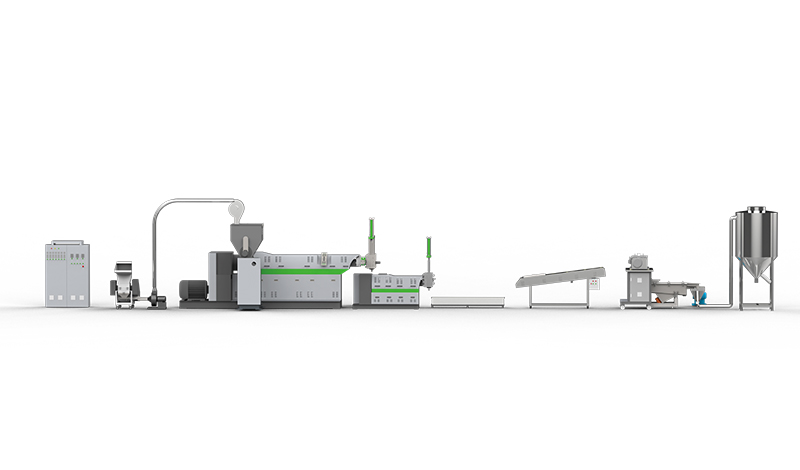

Contact us

The structural design of a plastic conveyor is one of t […]
The structural design of a plastic conveyor is one of the key factors to ensure its efficient and stable operation. Structural design includes multiple components such as chains, chain plates, support structures, and guide systems. The design of each part directly affects the performance of the conveyor.
Chain and chain plate design
Material selection: Chains and chain plates usually use engineering plastics, such as polyethylene (PE), polypropylene (PP), nylon (PA), etc. These materials have good wear resistance and corrosion resistance and are suitable for different industrial environments.
Strength calculation: According to the working load of the conveyor, determine the size and thickness of the chain and chain plate through strength calculation to ensure that they will not break or deform during operation.
Chain connection method: The chain connection method usually adopts hinged or pin connection to ensure that the chain can transmit torque smoothly during operation and reduce friction loss.
Drive system design
Motor Selection: Motor selection depends on the load and speed requirements of the conveyor. Motors with special requirements such as dustproof and waterproof should be selected according to the working environment and workload.
Reducer: The selection of reducer should be matched according to the operating speed and torque requirements of the conveyor. Reasonable selection of reduction ratio can keep the conveyor running smoothly under different loads.
Sprocket design: Sprockets are usually made of high-quality alloy steel or stainless steel to ensure sufficient strength and wear resistance. The tooth profile design of the sprocket also needs to consider transmission efficiency and noise reduction.
Support structure design
Idler design: Idlers are important supporting components of conveyors, and their design needs to consider the weight and shape of the materials they carry. Idlers are usually made of polyester, nylon and other materials to reduce frictional resistance.
Guide slider: In order to prevent the chain from deviating from the track during operation, conveyors are usually equipped with guide sliders. The design of the slider takes into account friction reduction, wear resistance and trajectory guidance.
Guidance system design
Guide plate: The design of the guide plate needs to ensure that the material does not deviate from the track during transportation. Properly designed guide plates can improve the stability of the conveyor.
Guide rollers: The selection and arrangement of the guide rollers is also crucial to the operation of the conveyor, especially if there is bending or direction change during the conveying process.
Structural strength and rigidity
Finite element analysis: Through engineering methods such as finite element analysis, the conveyor structure is simulated and optimized to ensure that it has sufficient strength and rigidity under working load.
Detachable design: Considering the convenience of maintenance, detachable connections can be used in the structural design, making it more convenient to replace worn parts or perform maintenance.
Dustproof and waterproof design
Sealing design: For occasions that need to be in a humid environment or need to be dust-proof, the structural design of the conveyor should consider using a sealing design to protect the internal components from the outside environment.
Protective cover: Installing protective covers at key parts to avoid material splashing and entry of external impurities will help improve the reliability and service life of the conveyor.

Copyright © Yuyao Lvdao Plastic and Rubber Machinery Co.,Ltd. Plastic Granulation Line Supplier 浙ICP备11026885号-3



